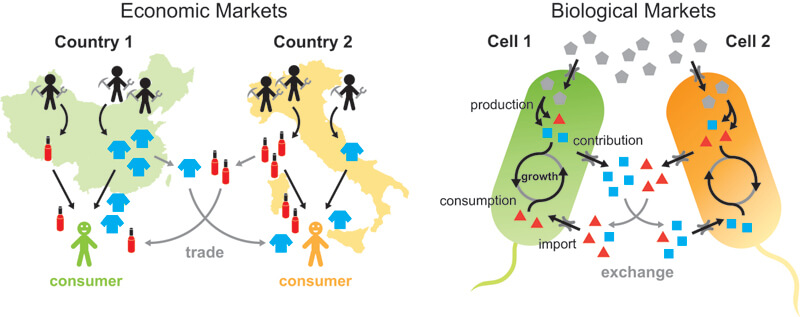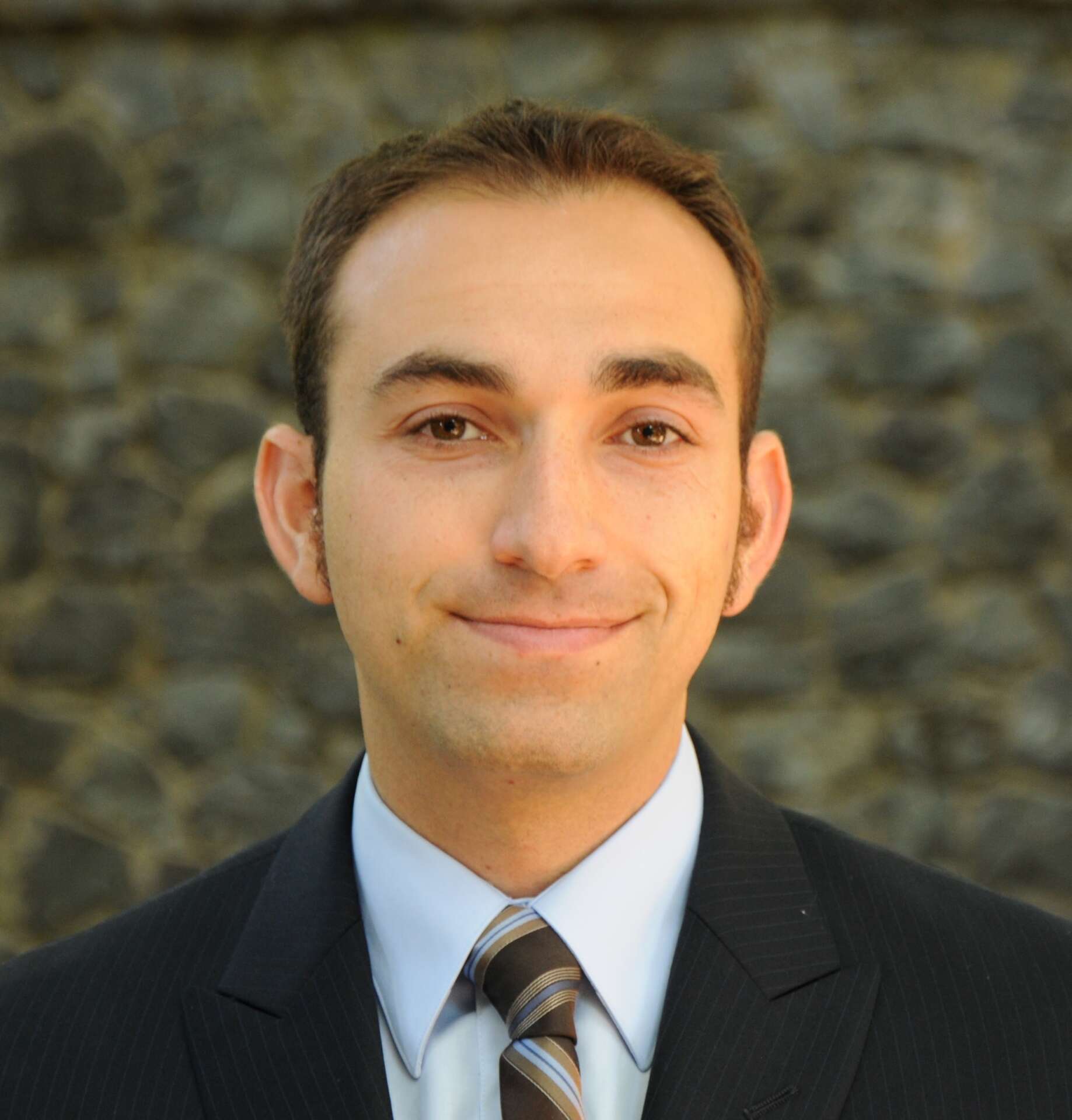University researchers apply economic concepts to explore the mysteries of the microbial world

Conventional theories used by economists for the past 150 years to explain how societies buy sell and trade goods and services may be able to unlock mysteries about the behavior of microbial life on earth according to a study by researchers from Claremont Graduate University Boston University and Columbia University. The findings published July 29 in the open access journal PLOS ONE provide new insight into the behavior of the planet’s oldest and tiniest life forms and also create a new framework for examining larger questions about biological evolution and productivity.

Joshua Tasoff an economics professor at Claremont Graduate University conducted the study with Michael Mee of the Department of Biomedical Engineering at Boston University and Harris Wang of the Department of Systems Biology at Columbia University.
“As an economist I don’t normally get to experiment with a living organism’s DNA ” Tasoff said. “By developing an economic framework of microbial trade we can use off-the-shelf economic concepts and theories to better understand how these microbial communities work.”
Microbes tiny organisms too small to see with the naked eye are everywhere. In the air soil and even inside the human body. In humans bacteria cells outnumber human cells 10-to-1. Though some microbes cause disease others are essential for plant and animal life and humankind could not endure without them.
Although microbes are ubiquitous they interact with each other in complicated ways that are not well understood. A large fraction of microbial life exists in complex communities where the exchange of molecules and proteins is vital for their survival. They trade these essential resources to promote their own growth in ways that are similar to countries that exchange goods in modern economic markets.
Inspired by these similarities Tasoff Mee and Wang applied the general equilibrium theory of economics which explains the exchange of resources in complex economies to understand the trade of resources in microbial communities.
The researchers experimented with a synthetic consortium of Escherichia coli cells. They manipulated the cells’ DNA to artificially alter the production and export rate of the cells and then tested the population growth implications of the theory.
The results confirmed the team’s predictions. As trade increased the bacterial communities grew faster. And while all of the microbes benefited from trade the more a bacteria strain exported the slower it grew relative to the importing bacteria strain.
“That means that species face a tradeoff between growing their communities faster versus increasing their own population relative to that of a trading partner ” Tasoff said.
The findings open the door for the application of other economic concepts that could improve our understanding of microbial and other biological communities Tasoff said.
The paper “An Economic Framework of Microbial Trade ” is available at http://journals.plos.org/plosone/article?id=10.1371/journal.pone.0132907.
About Claremont Graduate University
Founded in 1925 Claremont Graduate University is the graduate university of the Claremont Colleges. Our five academic schools conduct leading-edge research and award masters and doctoral degrees in 24 disciplines. Because the world’s problems are not simple nor easily defined diverse faculty and students research and study across the traditional discipline boundaries to create new and practical solutions for the major problems plaguing our world. A Southern California based graduate school devoted entirely to graduate research and study CGU boasts a low student-to-faculty ratio.”